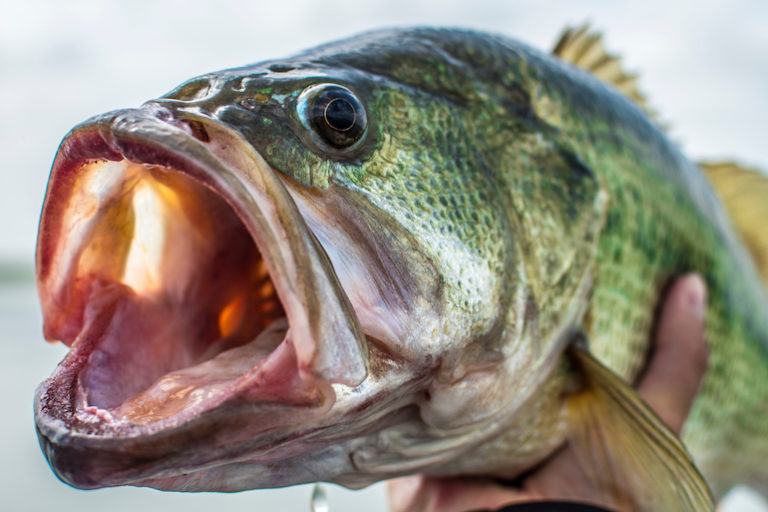
The largemouth bass is one of the most popular sport game fish in the world and receives the attention of millions of anglers. There are many tv shows, tournaments, and even video games geared towards largemouth bass fishing!
This species is one of the most interesting to catch as they fight very hard, attack aggressively and jump out of the water with acrobatic displays. It becomes a huge challenge for the fisherman.
In this guide, we will tell you how to catch largemouth bass, what they eat, where to find them and what kind of hooks are the most suitable for fishing this spectacular fish.
Let’s get started!
Where Can The Largemouth Bass Be Found?
This fish inhabits fresh waters with abundant vegetation, sandy bottoms, and slow-flowing rivers with shallow depths. It is native to the eastern and central United States, although it can also be found in many other places such as northern Mexico.
The large mouth bass is the largest of the black bass species. Georgia and Mississippi have named the largemouth the state fish, and Florida and Alabama have called it the state freshwater fish.
It has a greenish-gray color and bears dark spots that run side to side in a horizontal line. Its name is derived from its large mouth, as its upper jaw extends beyond the eye of the bass and the lower jaw protrudes further than the upper jaw.
What Do Largemouth Bass Eat?
What do Bass eat? Bass are carnivorous animals, they have their own hunting style, first watch and then attack; they look for injured or sick fish. They have a very varied food base, including small fish, frogs, macaws, sardines, small birds (ducklings), insects and rodents, and big bass have even been known to go for baby alligators.
Adults of the species, which live in lakes and reservoirs, tend to occupy deeper waters than the younger ones, and this is reflected in their diet.
Largemouth bass living in weedy waters tend to grow more slowly because it is more difficult for them to find and catch food. Conversely, bass can wipe out their prey population and cause them to starve if there is no cover at all.
What Is The Best Bait To Catch A Largemouth Bass?
Like other freshwater fish species, live bait works best for hooking largemouth bass, but most anglers like the challenge of artificial bass fishing lures that mimic their prey in some ways.
When it comes to the best bait for bass, the most popular methods for fishing are fly fishing, baitcasting, or bottom fishing. Among the most commonly used lures, you will find live minnows, crayfish, worms, and nightcrawlers.
What Are The Best Artificial Lures For Largemouth Bass Fishing?
Some of the best bass lures are:
Jigs: These lures are heavy and can be used year-round in shallow or deep water,
plus they can be used in a variety of environments, ranging from steep underwater banks to coastal grasses. A good example of bass jigs are the No7 Bass Jigs displayed in the image above.
Crankbaits: Without a doubt, a very productive lure in largemouth bass fishing is the crankbait. A crankbait is a hard-bodied lure with a rounded shape, designed to imitate the swimming action of a fish. They have a latch (sometimes called a beak or lip) on the face of the lure that makes it dive quickly.
The depth to which these lures dive is based on the retrieve speed, the size of the bit, and where the line attaches. The bit also causes the crankbait to move from side to side as it is retrieved. A good example of bass crankbaits are the YONGZHI Fishing Crankbaits displayed in the image above.
Jerkbaits: Jerkbaits are one of the few bass lures that are very effective all year-round. The main reason is because of how much control you have over their action. You can move them extremely fast or slow, deep or shallow, or anywhere in between.
A jerkbait is an elongated lure made to represent a wounded fish and has no real action of its own. In jerkbait fishing, the action is created by the angler. This is done by shaking the rod while reeling in the lure. Each time you shake the rod, the bait will shoot in different directions. This mimics the last swim steps of a dying fish, which is a lunch call for largemouth bass. A good example of bass jerk baits are the Watalure Luminous Jerkbait displayed in the image above.
Rubber worms: One of the most effective tools available to an angler is the plastic worm, given the characteristic of being able to be used in the habitat of the largemouth bass, being able to reach the bottom quickly or dropping it slowly, depending on the size of our sinker, and we can work it at ground level, or a few inches above the ground, depending on the arrangement we are handling at the time.
There is a great variety of shapes, sizes, colors, and flavors, that is to say, a very complete menu to present to the bass. A good example of rubber worms for bass are the XFISHMAN Senko Worms displayed in the image above.
Spinnerbaits: The Spinnerbait is one of the special lures that best represent the complexity of largemouth bass fishing.
The cadenced movement and the flashes that the “leaves” emit when reflecting the light imitate with great success the movement of the sardine shoals, food that is very appreciated by the largemouth bass in most of their habitats, besides the vibration and the “flashing” mentioned before attracting the attention of the largemouth bass provoking an attack. A good example of bass spinnerbaits are the Kingforest 10pcs Spinnerbait displayed in the image above.
Swimbaits: A swimbait is basically an imitation of a large fish, usually articulated, very realistic and that allows us to look for large specimens a priori near the surface, where the lure moves in a parsimonious way waiting for the attack of a big fish.
That is what we are looking for when fishing with these big lures: to attract the attention of the best specimens that are looking for big fish to feed on (or to attack them for territoriality) and to get that natural movement as if it were a real fish. We can find both hard and vinyl swimbaits.
As you will notice, there is a great variety of lures for bass fishing and within each category, there are hundreds of varieties, so the choice will depend on the environment and the fisherman’s taste, of course. A good example of bass swimbaits are the Hocety Fishing Swimbaits displayed in the image above.
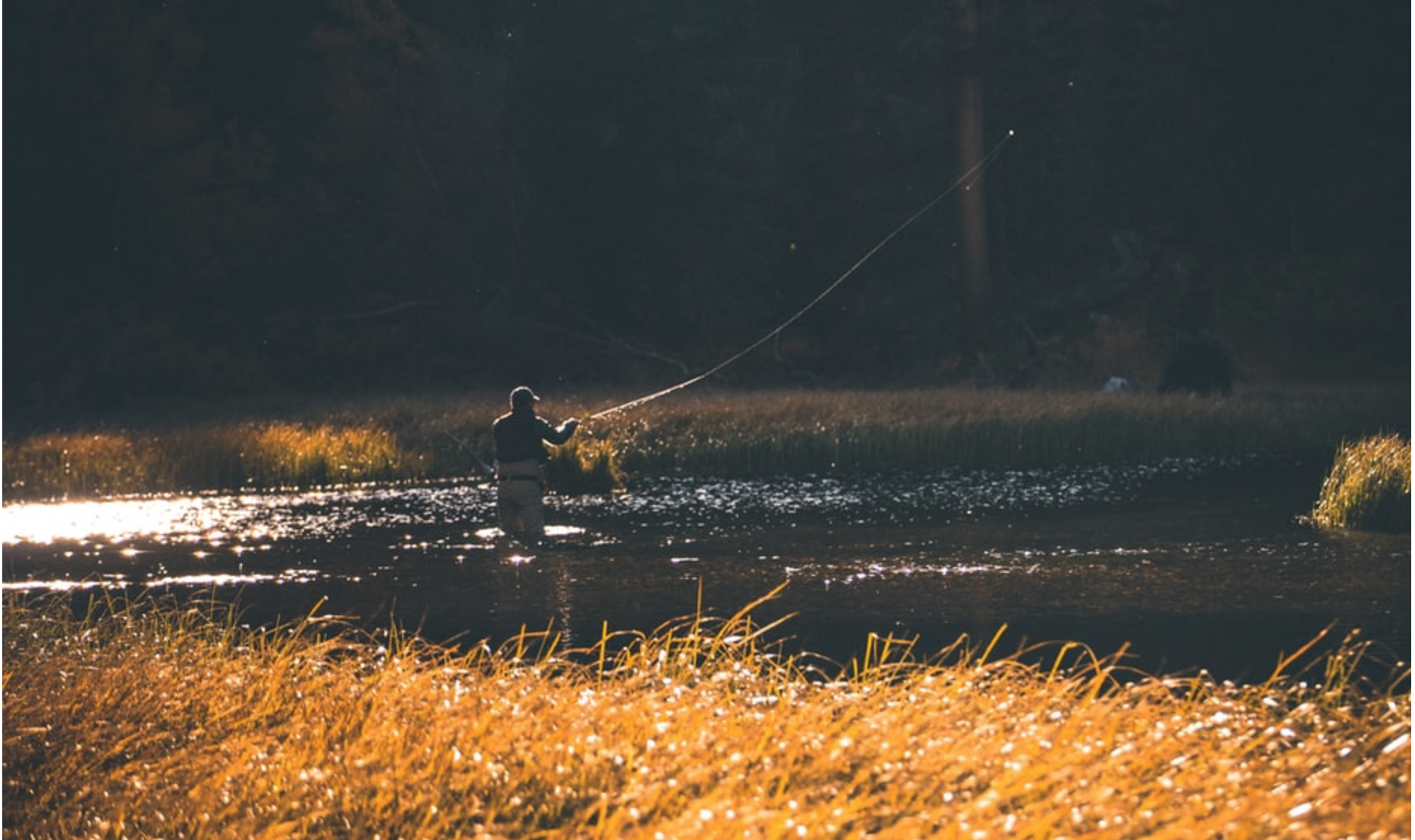
Best Tips & Techniques For Catching Largemouth Bass:
– Largemouth bass are most active early in the morning or late at night. They tend to take their “nap” during the day and may not be as excited to bite during these times. The best thing to do is to get out early.
– Head into the wind: Position yourself in a fishing area with the wind in front of you. Bass swim with the current, so it’s best for them to find the bait first. Also, the noise of the water hitting your hull will move away from where you are fishing, which benefits you.
– Use seasonal bait: Bass feed differently depending on the time of year. For early in the year use peach-colored patterns such as crayfish. For summer and fall, better use chrome or silver baits, imitating shad.
– Reuse plastic worms that break. Bass like to ambush injured prey, so a beat-up worm is perfect to use, especially in shallow water.
– Keep hooks sharp: It’s important to keep hooks sharp with a file. Since bass has bony jaws, so a hook in this condition is more apt to catch the fish.
– Shallow spring: Remember that, at this time of year, bass spend their time hiding in the spawning beds protecting their eggs.
– Fish before the storm: the pressure causes the water to churn and there is a greater chance that the bass will bite.
– Pay attention to water temperature: Depending on the time of year and your location, the water temperature can vary drastically. And yes, the water temperature does affect the largemouth bass activity and feeding patterns. The rule of thumb is to cast slower moving baits in cooler water temperatures and faster, more aggressive lures in higher quality water. However, there are many techniques that you can use in cold and warm water, and having them in your arsenal may define the success of your outing.
– Be persistent: Don’t change spots right away. There are times when they take a while to bite and it is best to stay in a place you trust, rather than paddling all over the lake. So apply the technique or take out your lucky bait and look in every place where the bass might be hiding. That way the bite will come.
– When you feel a bite, keep in mind that largemouth bass tends to “run and jump” in their attempt to break free. Stay calm when you reel in the line, and if you feel you have a big fish on the other end, try to lift your rod a little between reels gently enough to avoid breaking the line.
Largemouth Bass Spawning:
When do bass spawn? Largemouth bass generally reaches sexual maturity and begin spawning when they are about a year old. Spawning takes place in the spring season when the water temperature remains stable above 60°F. In the northern region of the United States, this generally occurs from late April to early July. In the southern states, where the larger, healthier specimens usually live, this process may begin in March and usually ends in June.
Males create nests by moving debris from the bottom of the water body using their tails. These nests are generally about twice the length of the males, although this can vary. Bass prefer sand, dirt, or gravel bottoms, but will also use rocky and weedy bottoms where there is a cover for their nests, such as roots or twigs.
After completing the nest, the males swim near the nest looking for a female to mate with. After finding one, the two basses swim around the nest together, turning their bodies so that the eggs and sperm that are released come into contact on the way to the nest.
Bass generally breed twice per spring, and some spawn three or four times, although this is not as common. The male will then protect the nest until the eggs hatch, which can take 2 to 4 days in the southern U.S. and northern Mexico, and slightly longer in the northern part of their native range. Finally, depending on water temperature, the male will remain with the nest until the infant bass is ready to swim on their own, which may be approximately two more weeks after hatching. After this, males, females, and hatchlings will switch to a more summer mode, where they will then focus more on feeding.
When Are Largemouth Bass Most Active?
The largemouth bass is most active early in the morning or late at night. As for the time of year, temperature and seasonal variation play an important role. In warm seasons and as the water gets warmer, bass becomes more active in search of food.
In high temperatures such as summer, they usually turn to deeper water. On the contrary, when autumn and winter arrive, they return to shallower waters and are less active.
Best Time To Fish For Largemouth Bass
The best times to fish for largemouth bass are considered to be from dawn to 7 / 8 am. And late in the evening, although sometimes it is not the best time to fish for largemouth bass.
These fish are visual predators and rely on this great attribute to attack their prey in low light conditions. They have better vision than most of the prey that they seek, which gives them an advantage over their prey, and it is for this reason that they do so early in the day. Bass can ambush their prey without being seen first.
Bass fishing is a great challenge for any angler, both beginner and expert, and leaves a rewarding feeling. These fish are aggressive enough that even inexperienced anglers can have great success catching them. However, they are also smart enough to challenge professional anglers.
How Long Does A Largemouth Bass Live?
The development of the largemouth bass depends on several factors such as the environment and its diet. This fish in a cold region can reach an age of 14 to 16 years, while one in a warm region can live 10 to 12 years.
It can grow up to two pounds in its first year, under ideal conditions.




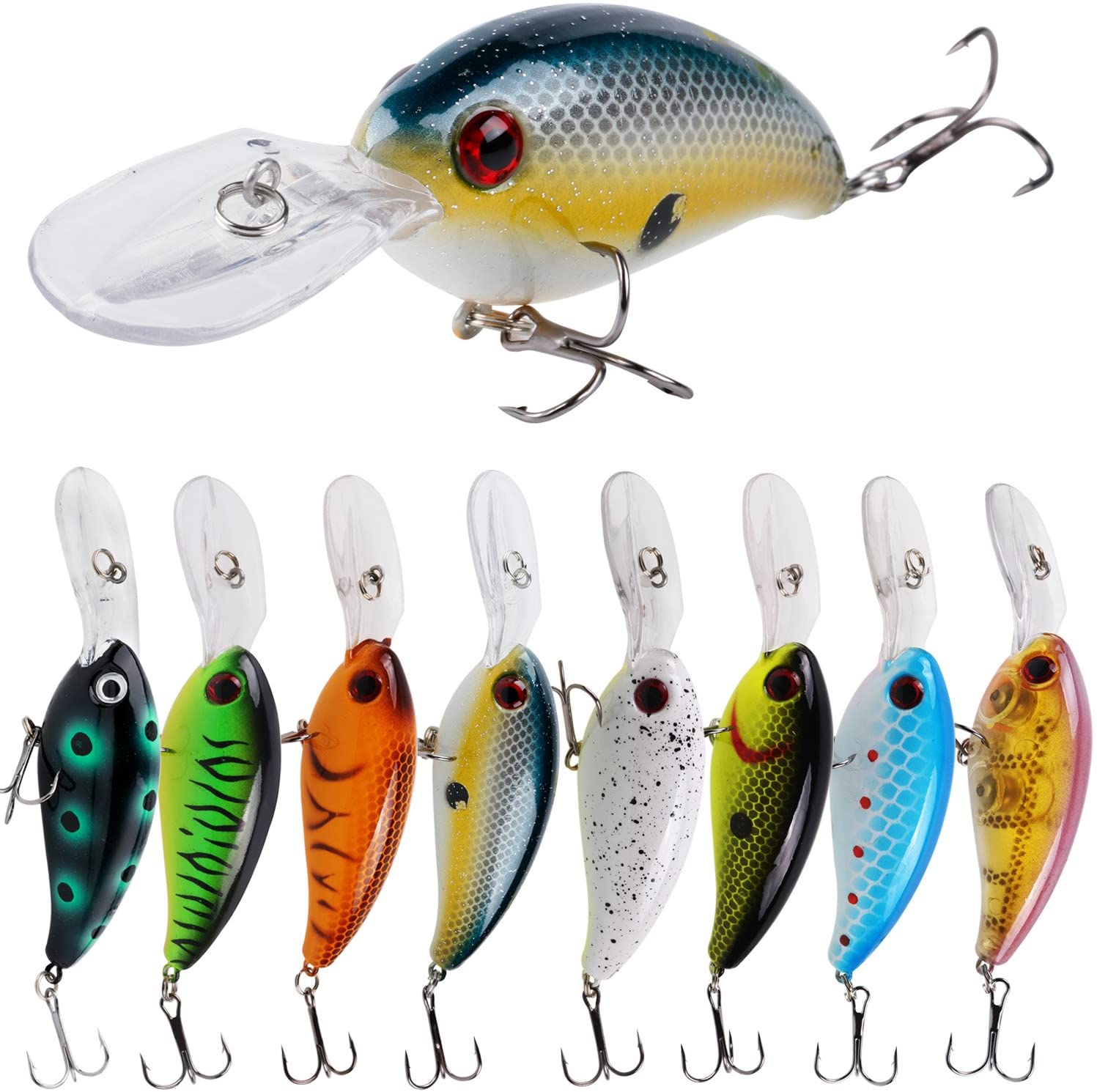
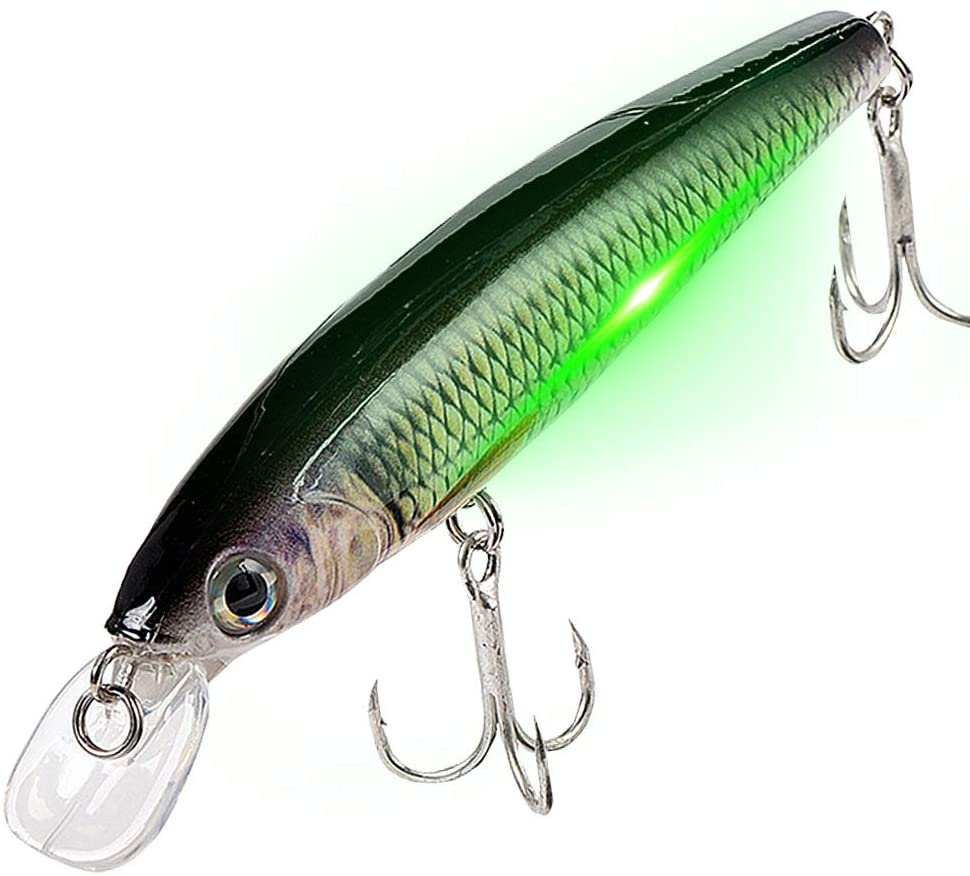

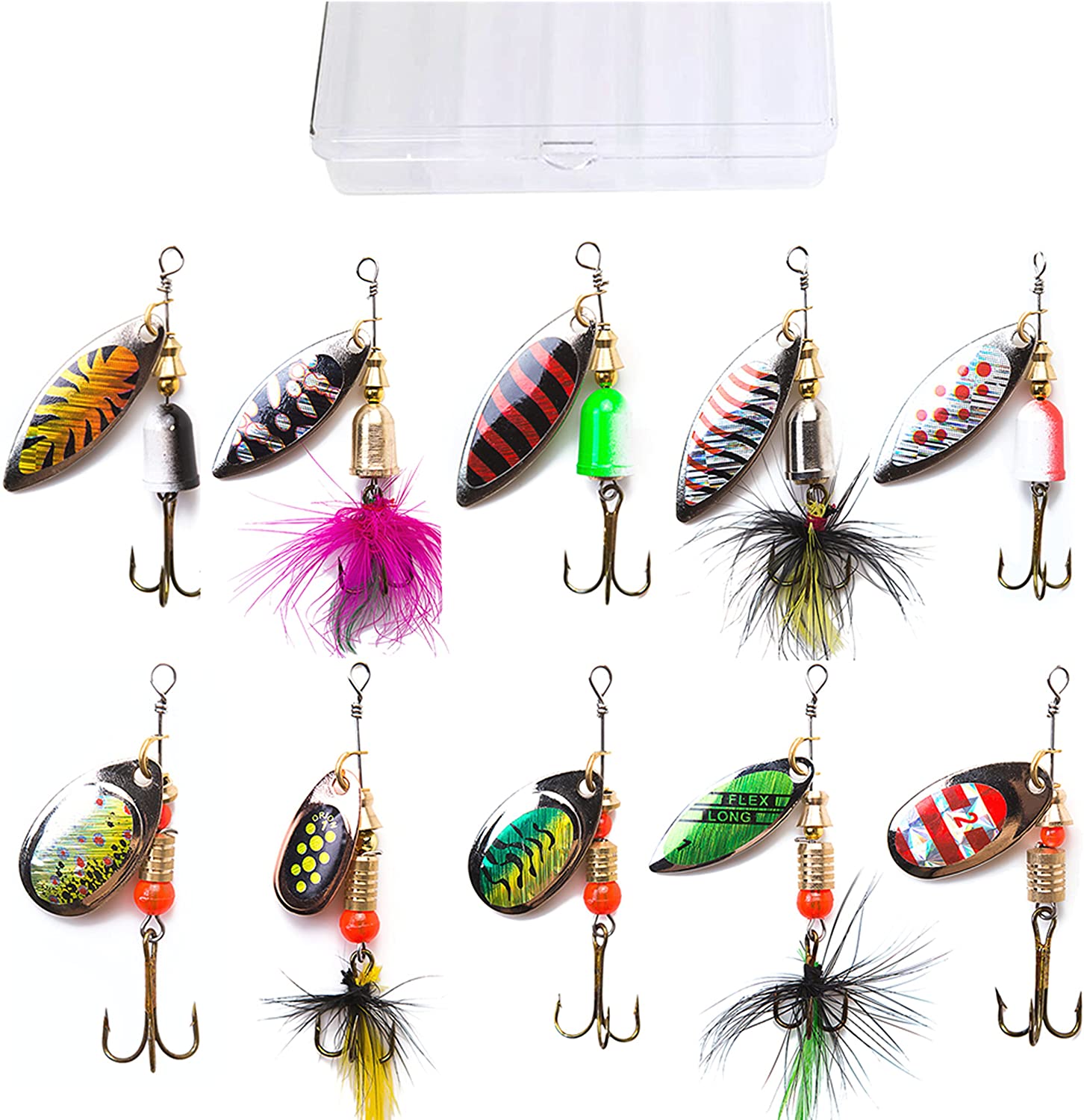
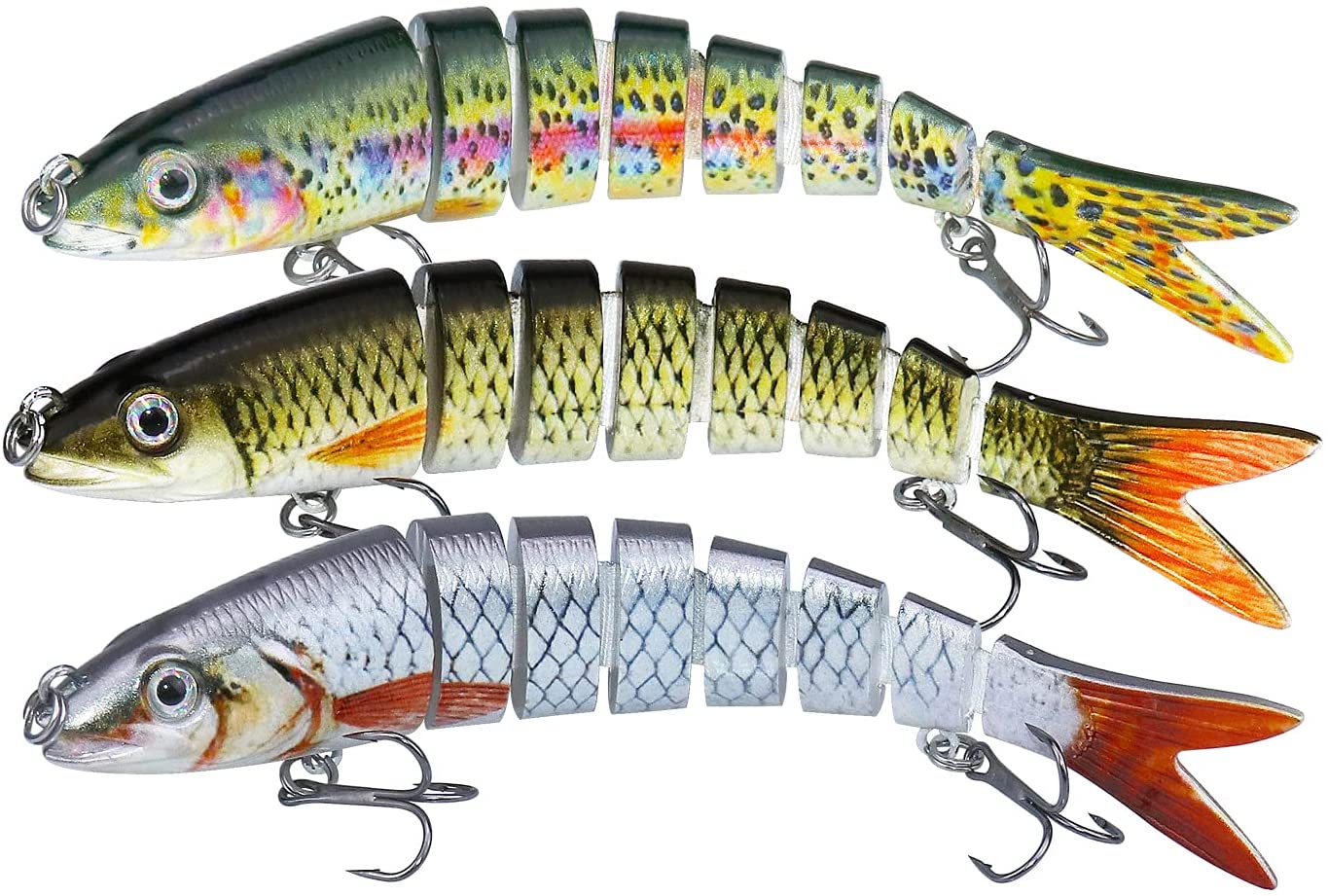

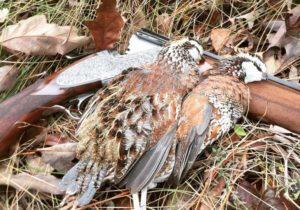
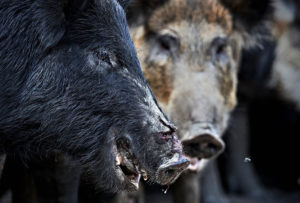
No Comments